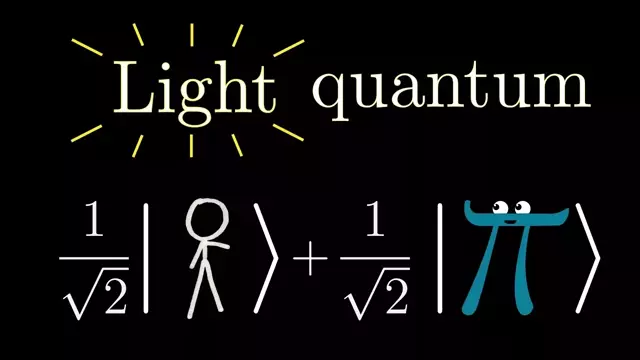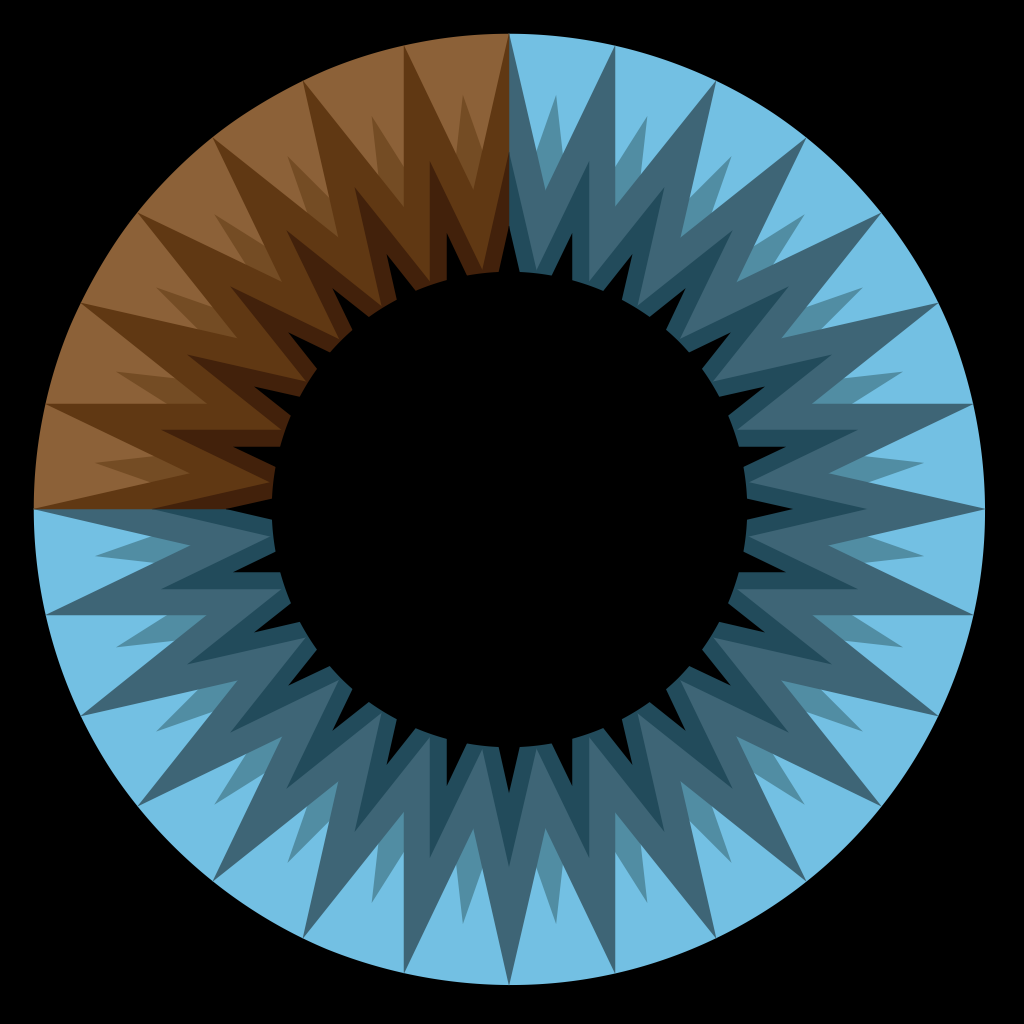2017-09-13
[public] 1.47M views, 52.3K likes, 403 dislikes audio only
4KThe math of superposition and quantum states.
Minutephysics channel: https://www.youtube.com/user/minutephysics
Help fund future projects: https://www.patreon.com/3blue1brown
This video was sponsored by Brilliant: https://brilliant.org/3b1b
An equally valuable form of support is to simply share some of the videos.
Special thanks to these supporters: http://3b1b.co/light-quantum-thanks
Huge thanks to my friend Evan Miyazono, both for encouraging me to do this project, and for helping me understand many things along the way.
This is a simple primer for how the math of quantum mechanics, specifically in the context of polarized light, relates to the math of classical waves, specifically classical electromagnetic waves.
I will say, if you *do* want to go off and learn the math of quantum mechanics, you just can never have too much linear algebra, so check out the series I did at https://www.youtube.com/playlist?list=PLZHQObOWTQDPD3MizzM2xVFitgF8hE_ab
Mistakes: As several astute commenters have pointed out, the force arrow is pointing the wrong way at 2:18. Thanks for the catch!
*Note on conventions: Throughout this video, I use a single-headed right arrow to represent the horizontal direction. The standard in quantum mechanics is actually to use double-headed arrows for describing polarization states, while single-headed arrows are typically reserved for the context of spin.
What's the difference? Well, using a double-headed arrow to represent the horizontal direction emphasizes that in a quantum mechanical context, there's no distinction between left and right. They each have the same measurable state: horizontal (e.g. they pass through horizontally oriented filters). Once you're in QM, these kets are typically vectors in a more abstract space where vectors are not necessarily spatial directions but instead represent any kind of state.
Because of how I chose to motivate things with classical waves, where it makes sense for this arrow to represent a unit vector in the right direction, rather than the more abstract idea of a horizontal state vector, I chose to stick with the single-headed notation throughout, though this runs slightly against convention.
Music by Vincent Rubinetti:
https://vincerubinetti.bandcamp.com/album/the-music-of-3blue1brown
Thanks to these viewers for their contributions to translations
Hebrew: Omer Tuchfeld
------------------
3blue1brown is a channel about animating math, in all senses of the word animate. And you know the drill with YouTube, if you want to stay posted on new videos, subscribe, and click the bell to receive notifications (if you're into that).
If you are new to this channel and want to see more, a good place to start is this playlist: http://3b1b.co/recommended
Various social media stuffs:
Website: https://www.3blue1brown.com
Twitter: https://twitter.com/3Blue1Brown
Patreon: https://patreon.com/3blue1brown
Facebook: https://www.facebook.com/3blue1brown
Reddit: https://www.reddit.com/r/3Blue1Brown
/youtube/video/zcqZHYo7ONs
/youtube/video/i1TVZIBj7UA
http://www.3blue1brown.com/brilliant
/youtube/video/MzRCDLre1b4?t=128
/youtube/video/MzRCDLre1b4?t=287
/youtube/video/MzRCDLre1b4?t=753
/youtube/video/MzRCDLre1b4?t=1302
/youtube/channel/UCYO_jab_esuFRV4b17AJtAw
/youtube/video/zcqZHYo7ONs
/youtube/channel/UCUHW94eEFW7hkUMVaZz4eDg
/youtube/video/KuXjwB4LzSA

